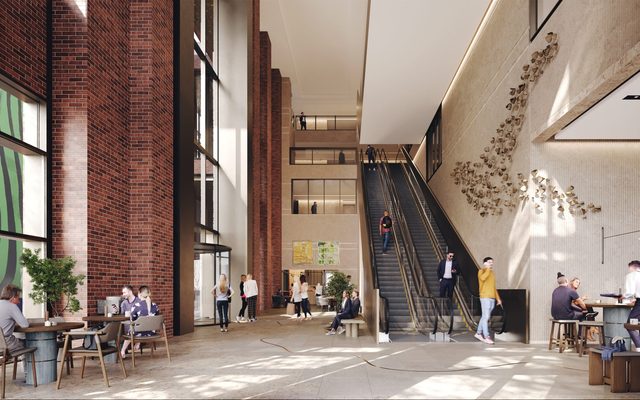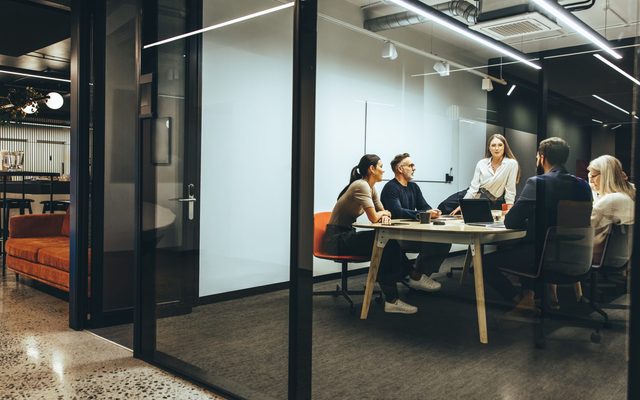This article is from the Australian Property Journal archive
THE current metrics to define offices are outdated and modern workplaces need to start looking new valuation metrics that reflect experience rather than efficiency, as hybrid offices become the norm.
According to a discussion paper from Mirvac and WORKTECH Academy, From space-centric to human-centric; Exploring new valuation metrics for the new workplace, the current metrics used to define office spaces are outdated in an Australia post the onset of the COVID-19 pandemic.
The paper looked at experiences, business performance, shared value and employee wellness to Environmental, Social and Governance (ESG) and innovation as the most relevant factors in evaluating a workplace in 2022.
When developing the report, all 25 academics and experts interviewed could agree on one thing needed by current workplace metrics, an update.
“Whilst many of them had different ideas as to how we should measure the workplace, ranging from job satisfaction to energy usage, they were aligned in that metrics need to be revisited to be useful to the modern office setting,” said Jeremy Myerson, director at WORKTECH Academy.
The paper follows another recent report by WORKTECH Academy, which found 80% of workers in corporate Australia will never return to full-time work in an office.
Two major alternative metrics popular amongst those interviewed were ESG and employee wellness.
“It’s no secret that wellness and productivity go hand-in-hand, and therefore should be of the utmost importance to employers and employees alike. Office spaces can also go a long way in supporting these goals by providing a calm and productive place of work with facilities such as meditation or exercise spaces, and there are new data streams being developed to help measure that,” said Paul Edwards, general manager of customer and strategy at Mirvac.
Mirvac’s head of integrated investment portfolio, Campbell Hanan, noted that while office occupancy is recovering across the group’s platform, many existing fit outs don’t live up to an experience and connection focused way of working.
“The reality is, only modern, high quality, tech-enabled, sustainable workplaces can support these new ways of working so demand is growing apace for prime and A grade space across all office markets, particularly from our large corporate customers. As a result, the bifurcation office markets, as prime vacancy rates improve while secondary grade stock faces headwinds, is becoming increasing more pronounced,” said Hanan.
Mirvac has responded by launching a pilot across a floor of its 200 George Street HQ to explore how such a space can be utilised to enhance performance, while boosting collaboration and facilitating experiences that would draw workers back to the office.
“This kind of value can’t be measured by a focus on headcount alone. We need to adopt a new approach that recognises the true value that a next-generation workplace facilitates for an organisation,” said Hanan.
Using its own workers, Mirvac will collate data and insights to design an optimal office for contemporary needs.
As well as calling for further investment into new technologies and the skillsets needed to see data followed through into actual change, the report looked to adaptations already occurring in other sectors.
“Hospitality, exhibitions and the airline industry have all moved away from traditional valuation models towards a more rounded understanding of value based on experiences or customer service, as noted in the discussion paper. The positive implications of this approach are readily apparent and offer a template for what the office industry requires to move to a more value-based pricing model,” concluded Edwards.




